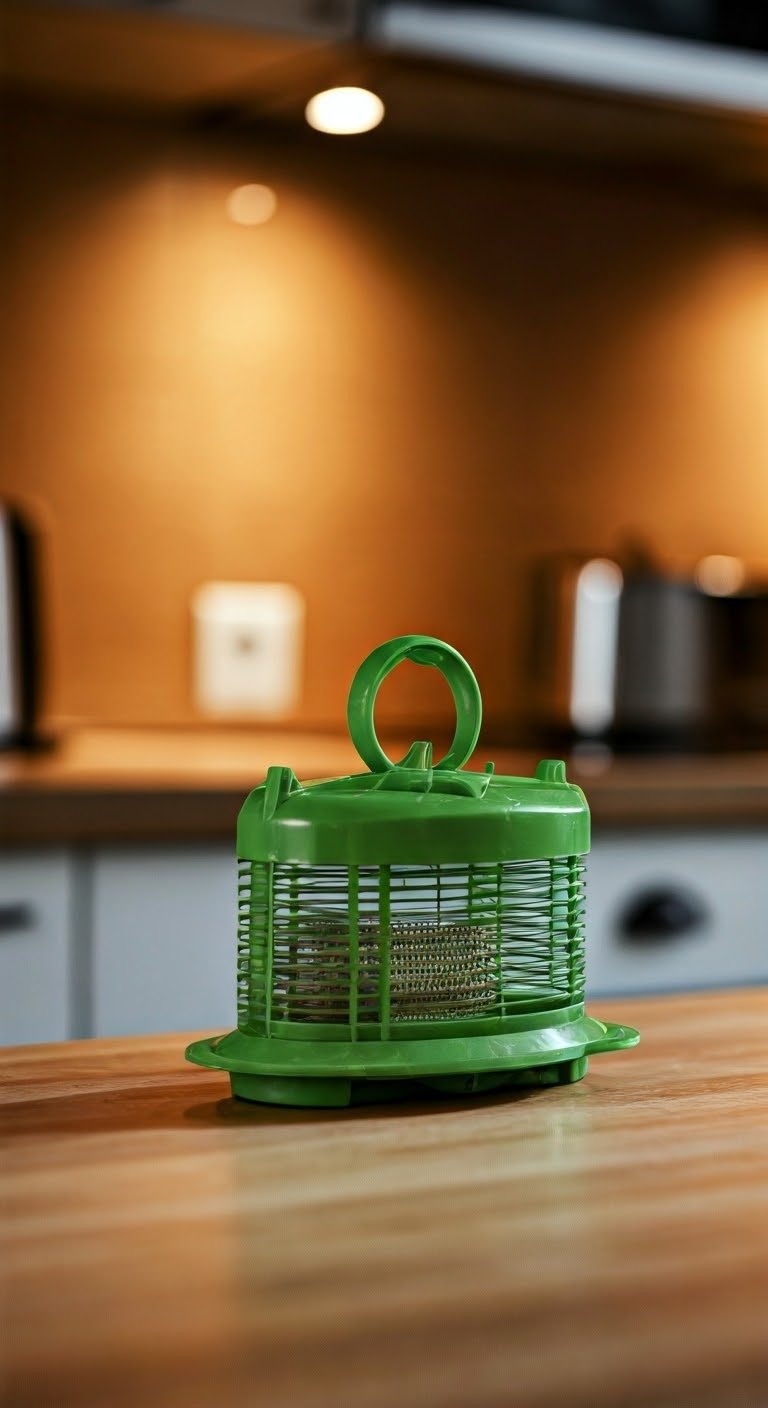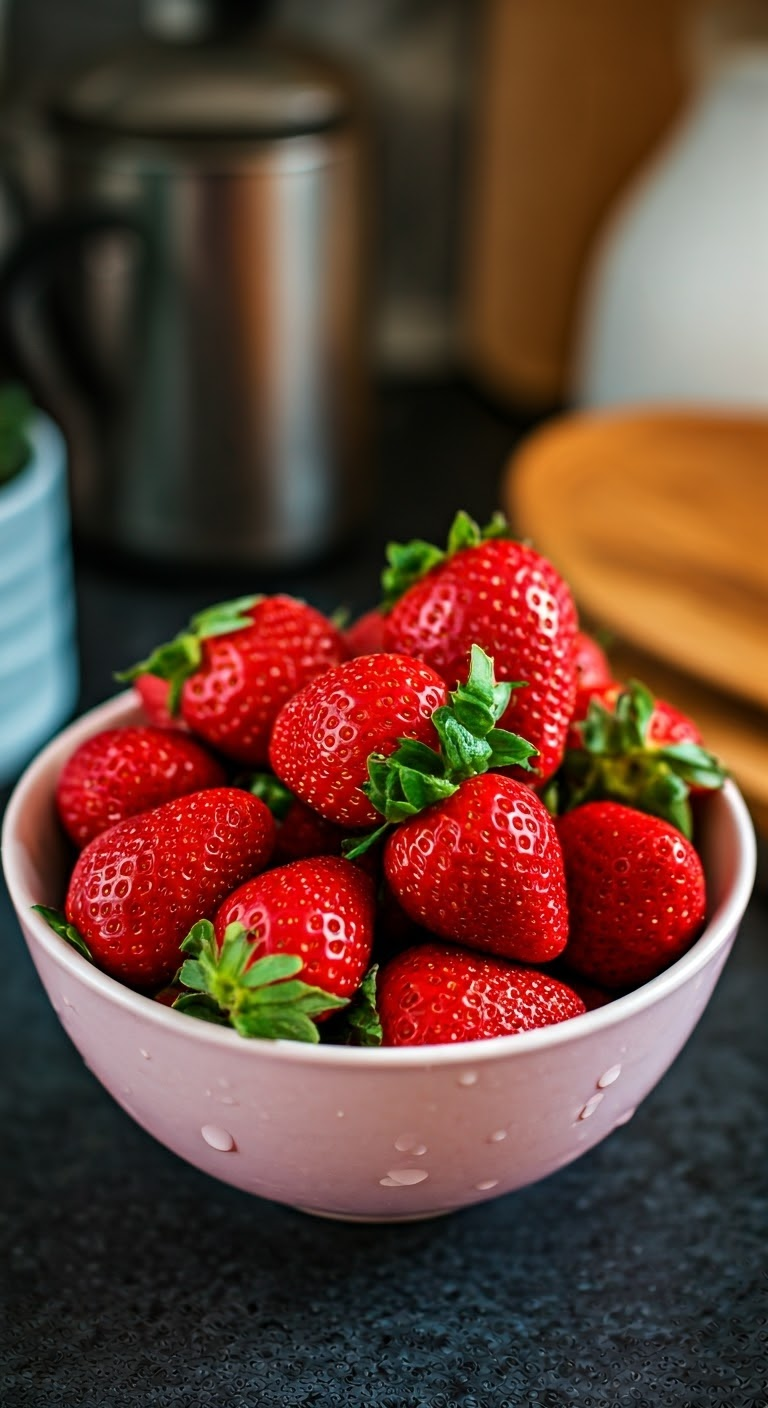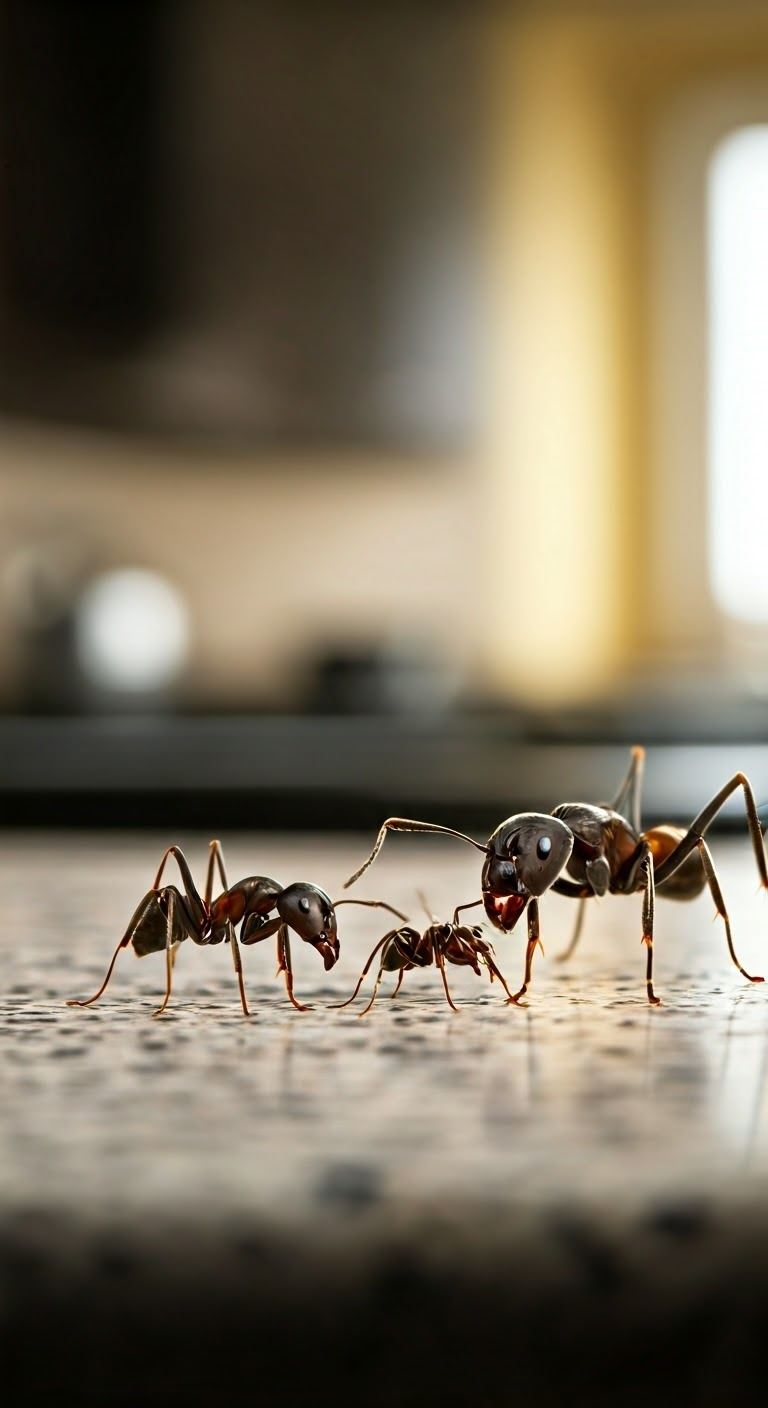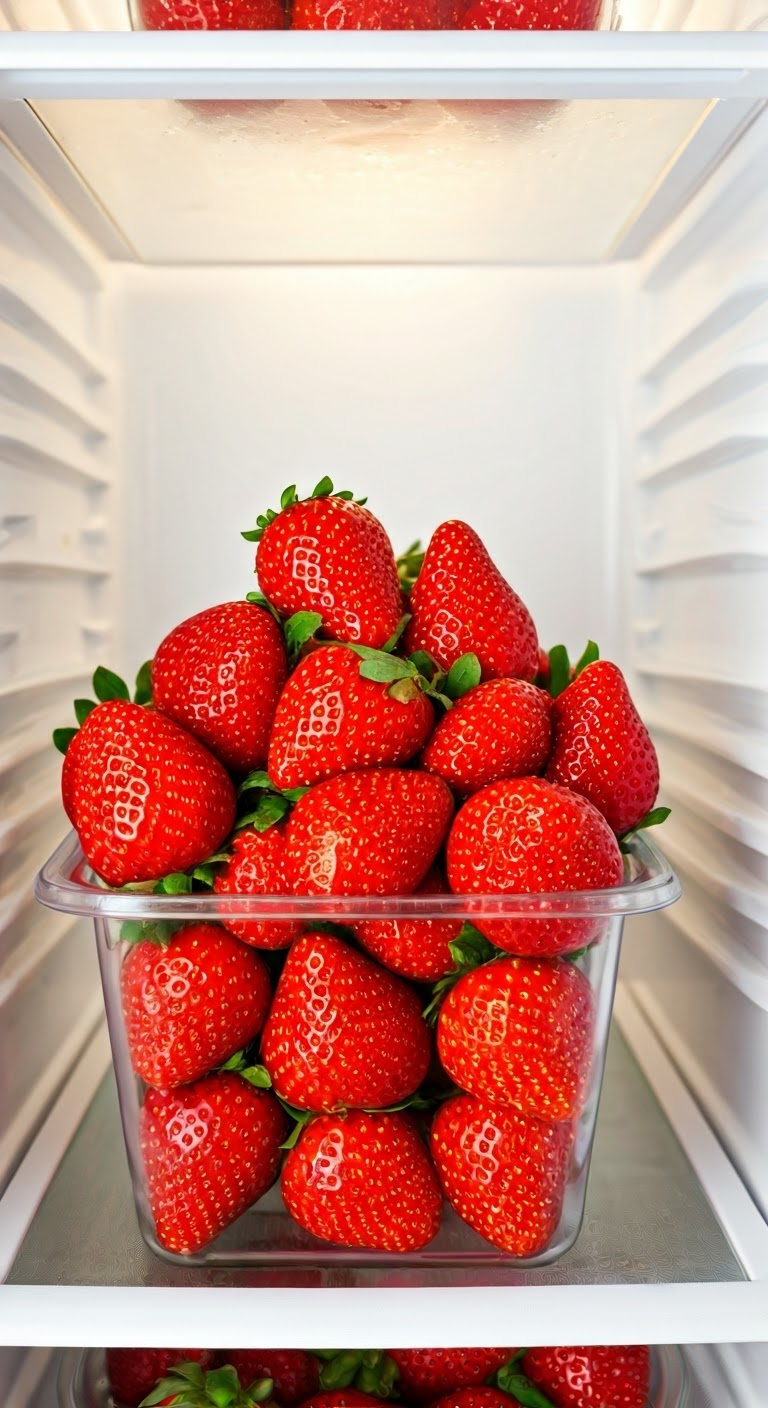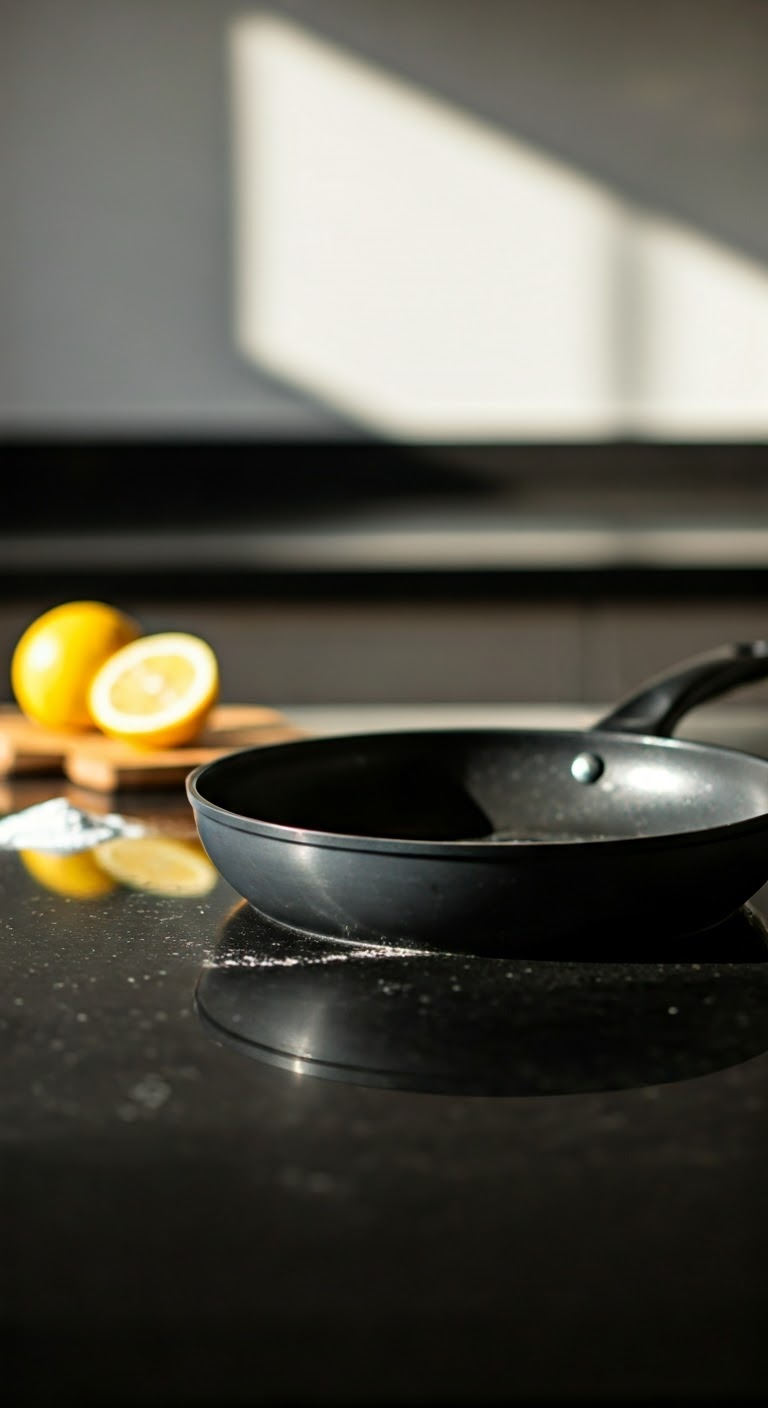How to Clean Strawberries with Baking Soda at Home
Did you know that the bright, juicy strawberries at the grocery store might have more than just sweetness?
They taste great, but strawberries can often have pesticides, bacteria, and dirt. This is from their trip from the farm to your home.
Luckily, there is a simple and effective way to clean strawberries. You can use a common ingredient you already have: baking soda!
The Risks of Pesticides and Bacteria
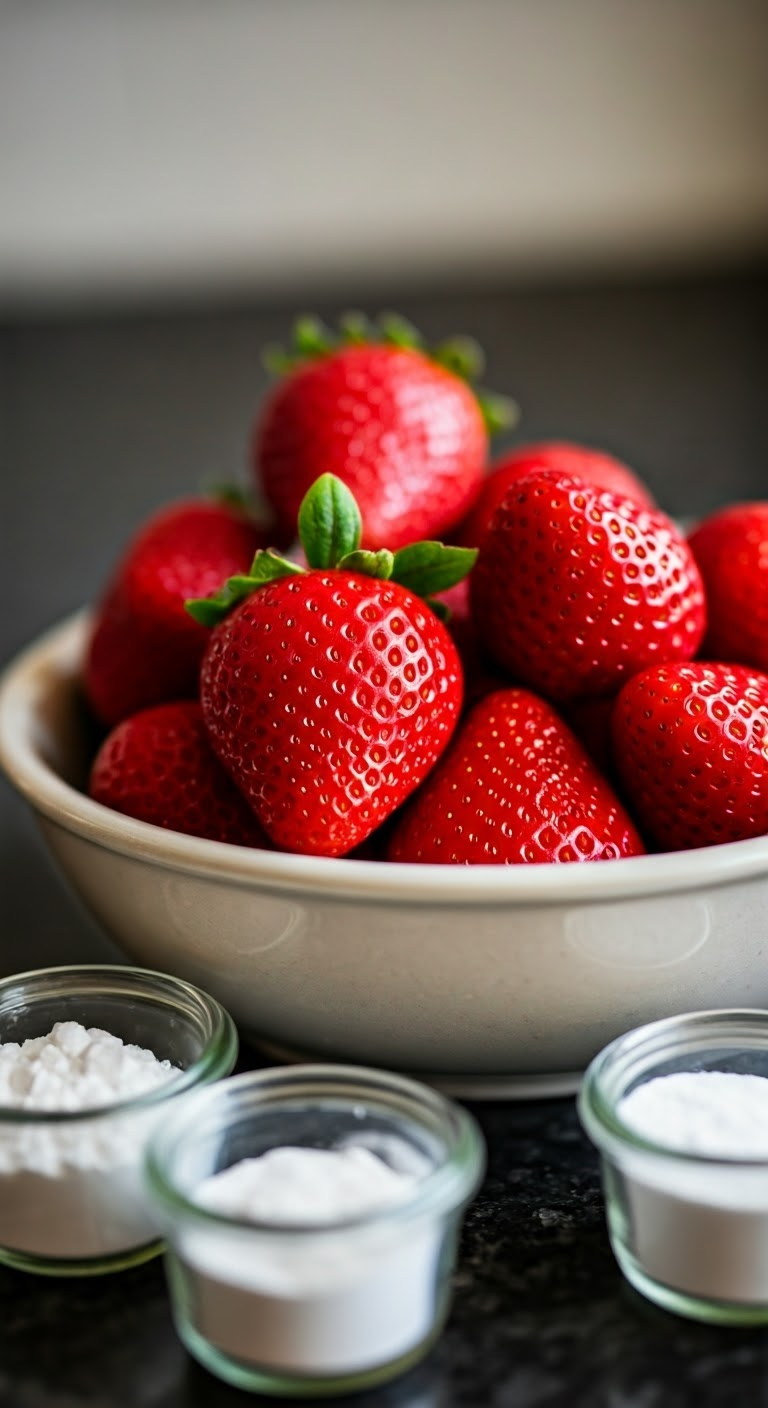
When you grab a carton of fresh strawberries at the grocery store, their bright red color may make you think they are healthy. But, remember, looks can be misleading. Strawberries often show up on the Environmental Working Group’s “Dirty Dozen” list. This means they can have more pesticide residue than other fruits.
Bacteria is another worry with strawberries. Think about how they travel from the field, to packaging, and then to the store shelves. This journey through different places can lead to bacteria growing on them. That is why it is important to clean your strawberries before eating.
Why Baking Soda is Effective for Cleaning
Baking soda, or sodium bicarbonate, is a common item found in many kitchens. It is known for being useful in many ways. It works well to clean fruits like strawberries because it is slightly alkaline. This property helps baking soda break down pesticide bonds. This makes it easier to wash them off.
Also, baking soda helps create an environment that is not friendly for germs and other contaminants on your strawberries. It serves as a natural cleaner. This way, you can be sure your strawberries are clean and safe to eat.
Preparing to Clean Strawberries with Baking Soda
Before starting the cleaning process, it is good to collect all the tools you need. This helps the cleaning go well and stops you from looking for things while you work. Let’s get everything we will need.
What You Will Need
- Cold Water: Use cold water to rinse your strawberries. It keeps their flavor and texture.
- Baking Soda: You just need a little baking soda to make the cleaning solution.
- Large Bowl: A large bowl works well for holding your strawberries and the cleaning solution.
- Colander: A colander is key for rinsing the strawberries well after using the baking soda mix.
- Paper Towels: Paper towels are perfect for drying the strawberries and soaking up extra moisture. If you have a salad spinner, it can help dry the strawberries even better.
Preliminary Steps Before Cleaning
- Bring Strawberries to Room Temperature: Take your strawberries out of the fridge. Let them sit at room temperature for a while. This helps them release dirt more easily when you clean them.
- Remove Damaged Berries: Before you wash, throw away any strawberries that are bruised, moldy, or spoil.
- Optional Vinegar Solution: If you want, mix a vinegar solution using 3 parts tap water and 1 part white vinegar. Soak your strawberries in this for about a minute. Swirl them gently. This step is not required, but some people find that vinegar gives better cleaning.
Step-by-Step Guide to Cleaning Strawberries with Baking Soda
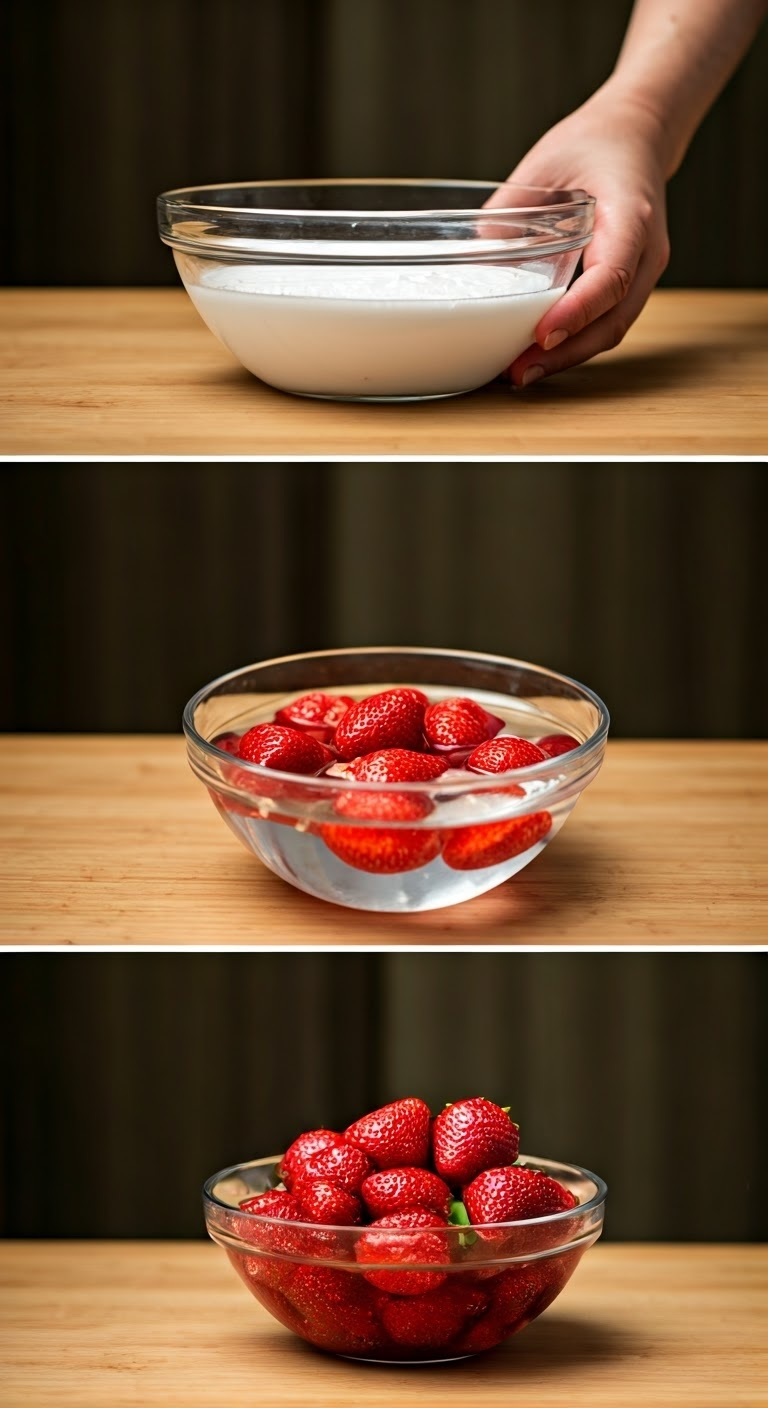
Now that you have everything ready and your strawberries are prepared, let’s start the cleaning. The process is easy and has three clear steps. Follow these steps to make sure your strawberries are nice and clean!
Step 1: Creating the Baking Soda Bath
- Fill the bowl: Start by filling your large bowl with cold water.
- Add the baking soda: Use one teaspoon of baking soda for every four cups of water. You can change this a bit based on how many strawberries you are washing.
- Stir well: Mix well to make sure the baking soda fully dissolves. This helps the cleaning power work evenly.
Step 2: Soaking and Gently Scrubbing the Strawberries
- Submerge the strawberries: Carefully put your strawberries in the baking soda bath. Make sure they are completely covered.
- Let them soak: Let the strawberries soak for about 5 to 10 minutes. This time helps the baking soda work. It breaks down pesticides and loosens dirt.
- Gentle scrubbing (optional): If you want a deeper clean, you can use a soft brush. This could be a vegetable brush or a new toothbrush. Lightly scrub the surface of the strawberries to remove any tough dirt or debris.
Step 3: Rinsing and Drying Your Strawberries
- Rinse thoroughly: After soaking, take the strawberries out of the baking soda bath. Put them in the colander. Rinse the strawberries under cold running water for at least 30 seconds. This will help wash away all the baking soda.
- Pat dry: Gently pat the strawberries with a clean paper towel or kitchen towel. It is important to remove excess moisture to stop them from spoiling too soon.
- Air drying (optional): If you have some time, let the strawberries air dry on a clean kitchen towel or in a salad spinner. Spread them out evenly so air can move around them.
Conclusion
In conclusion, using baking soda to clean strawberries is an easy and effective way to get rid of pesticides and bacteria. By following the simple steps, you can ensure your strawberries are safe to eat.
Food safety is essential, especially for fresh produce. So next time you buy strawberries, remember this natural cleaning method for a healthier snack. Enjoy your clean strawberries!
Frequently Asked Questions
Can I Use Baking Soda to Clean Other Fruits and Vegetables?
Yes, baking soda is a useful cleaner that you can use on many fruits and vegetables. But, for soft fruits and veggies, a quick rinse under running water or using a vinegar solution might be better. It’s always a good idea to check the best ways to clean different kinds of produce.
How effective is cleaning strawberries with baking soda?
Cleaning strawberries with baking soda is highly effective in removing dirt, pesticides, and bacteria. Baking soda acts as a natural abrasive to scrub the strawberries clean gently. It’s an easy and efficient method to ensure your strawberries are safe to eat and enjoy.

